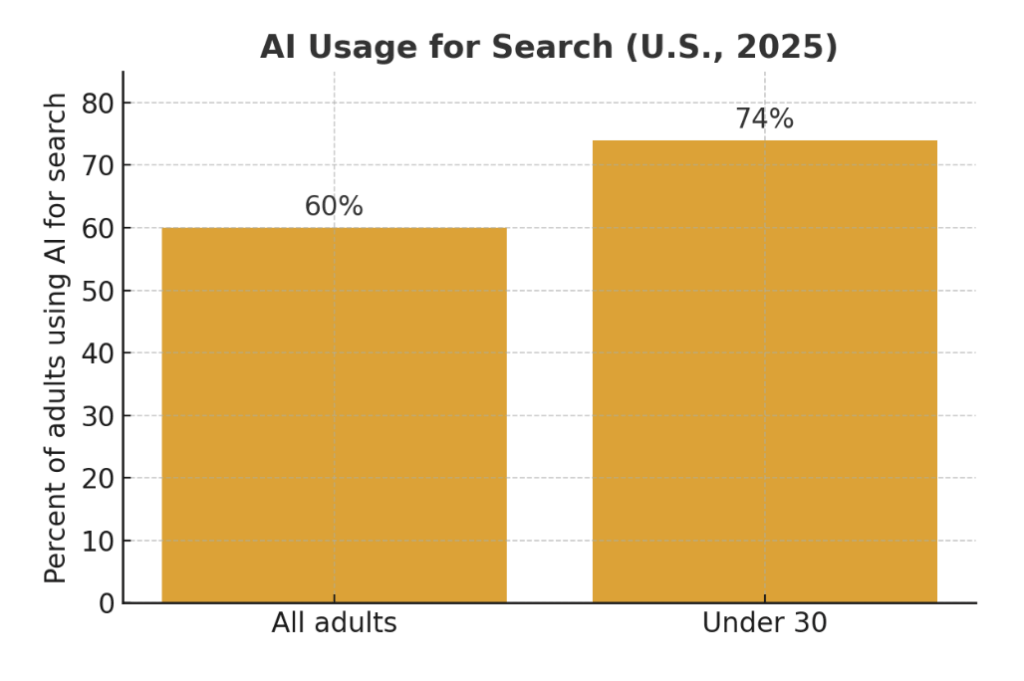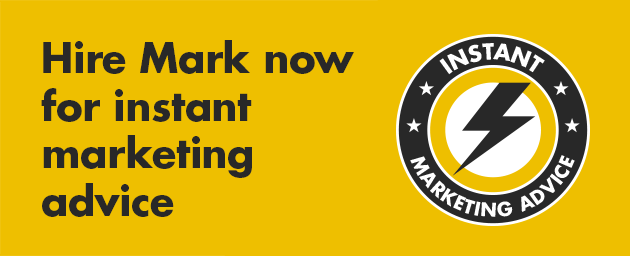
OpenAI just turned chat into a checkout line. That might sound like another hype-y tech headline, but if you sell products online, this could be an e-commerce re-set in real time! It’s not for everybody at this moment, but you can see the direction here: AI as eCommerce.
OpenAI is building native shopping into ChatGPT conversations.
A customer asks for the best hair routine for an oily scalp, and can see product cards inside the answer. If the merchant is enabled, the purchase can be completed right within the chat. No tab hopping. No leaky funnels.
The customer journey is compressing. Google shortened the path from question to answer. Amazon shortened the path from decision to delivery. TikTok collapsed discovery and purchase into a single scroll. Now, OpenAI is turning customer curiosity into commerce.
Here’s what’s happening and how to capitalize on it in these early stages.
Why this matters
OpenAI has introduced Instant Checkout within ChatGPT for select U.S. merchants. The first wave is Etsy sellers, with Shopify merchants on the way. Payments run through Stripe using an open protocol that lets an agent complete a purchase on your behalf.
Product cards and carousels appear in ChatGPT Search results when the system detects shopping intent. While OpenAI was not specific about what “shopping intent” means, when I asked ChatGPT, it said that direct commerce would be triggered when users query with words indicating an imminent purchase, like “best diet plan for my overweight cat.”
OpenAI said results are ranked based on relevance and quality, not ads. The company charges a small fee when an order is completed.
This is the beginning of conversational shopping at scale. One place to ask, learn, compare, and buy. OpenAI said additional capabilities will be introduced later, including multi-item carts and expanded regions, but the direction is clear. This is going to scale.
Clear purchase intent
Azeem Azhar observed this week in his excellent Exponential View newsletter that:
“The unit economics could work for OpenAI if LLM discovery actually surfaces better options (early personal evidence is positive) and merchants compete for citations rather than purchases. Our researcher Chantal Smith saved $2,000 on a travel package to Mongolia she found through Deep Research that traditional Google search did not even surface.”
Google is not going to sit still. The race to conversational commerce is on.
How to get on board
The retail shelf has moved. If your products don’t appear inside AI answers, you’ll be invisible at the exact moment of intent. What an opportunity: Education, recommendation, and transaction can happen within a single conversation.
How to win product placement with zero media spend:
-
Make sure you’re eligible. If you sell on Etsy, enroll items you want to be eligible and keep inventory data accurate. If you sell on Shopify, prepare to connect the new channel when it opens. Have payments and shipping policies buttoned up.
-
Let ChatGPT see and understand your catalog. Don’t block OpenAI’s crawler in robots.txt. Use clean schema.org product markup. Keep titles, prices, availability, and variant data up to date. The model pulls this current information into product cards.
-
Build conversational SKUs. Customers ask questions. Bundle products as jobs to be done with clear outcomes. Think “frizz control for 48 hours” or “starter shoes for a new runner.” OpenAI suggests using short titles, three crisp benefits, and a simple how-to. These convert well inside a single product card.
-
Feed the model proof. Publish an ingredient and claims explainer in plain language. Include what an ingredient does, evidence, and safety notes. Add short demo videos and before-and-after photos to product pages. These assets often appear in cards and increase click-through rates.
-
Treat ChatGPT as a new retail channel. Set up reporting in your e-commerce platform. Track clicks, Instant Checkout orders, conversions, refunds, and repeat purchases from this source. Tighten fulfillment and service levels. Availability and quality are likely ranking signals.
-
Write for answer engines. Create Q&A pages that match the way people speak. Compare and contrast guides work well. The cleaner your explanations, the more likely the model will quote you and surface your products.
A complete OpenAI FAQ about this process is available here.
New kings, same castle
Month by month, ChaGPT is eating into Google’s share of search. Google is still the industry gorilla, but the trend is clear:

Source: NORC 2025
Search and social moved us from websites to feeds. Agents move us from feeds to results. We are entering an era where customers no longer browse. They ask. The answer is the retail shelf.
Last year, Perplexity introduced a similar in-chat shopping and payments feature. Microsoft also offers merchants the ability to create in-chat storefront capabilities with the Copilot Merchant Program.
This type of frictionless experience has the potential to spark a new movement in online shopping — one that shifts away from search engines like Google and e-commerce platforms like Amazon toward conversational agents with curated recommendations, comparisons, and seamless checkout experiences.
It’s also setting the stage for new power brokers to emerge in eCommerce. Google and Amazon have long been the gatekeepers for retail discovery. If more purchases start inside AI chatbots, the firms behind them will suddenly have more control over what products are surfaced and what commissions or fees they charge.
If your brand can be a helpful teacher at that moment, then the sale becomes a service. That’s a significant mindset shift.
Will this shift the balance of power between retail marketplaces and individual merchants? What about free shipping and next-day delivery? What about lenient return policies that consumers expect? There is much work to be done, but this marks the beginning of a new world where AI agents will become the operating system for online commerce and daily life.
 Need a keynote speaker? Mark Schaefer is the most trusted voice in marketing. Your conference guests will buzz about his insights long after your event! Mark is the author of some of the world’s bestselling marketing books, a college educator, and an advisor to many of the world’s largest brands. Contact Mark to have him bring a fun, meaningful, and memorable presentation to your company event or conference.
Need a keynote speaker? Mark Schaefer is the most trusted voice in marketing. Your conference guests will buzz about his insights long after your event! Mark is the author of some of the world’s bestselling marketing books, a college educator, and an advisor to many of the world’s largest brands. Contact Mark to have him bring a fun, meaningful, and memorable presentation to your company event or conference.
Follow Mark on Twitter, LinkedIn, YouTube, and Instagram
Illustrations courtesy Mid Journey


